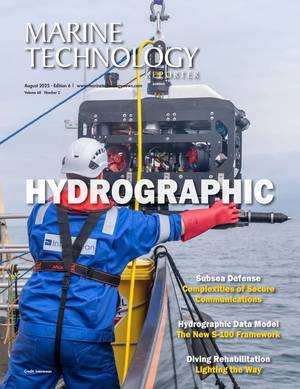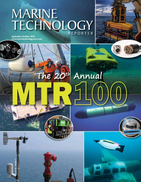Weeding Marine Debris Out of Flower Garden Banks National Marine Sanctuary

A crane was used to pull large marine debris, such as this ghost net, out of the water. © Sierra Sarkis/NOAA
From June 27–July 2, NOAA, the National Marine Sanctuary Foundation, Moody Gardens, Georgia Aquarium, T&T Salvage LLC, and Anchor Diving joined forces and expertise aboard a Bordelon Marine vessel to remove over 1,700 pounds of debris (including 18 ghost nets and three trawling sledges) from Flower Garden Banks National Marine Sanctuary.
Flower Garden Banks, the only national marine sanctuary in the Gulf, is home to a diverse array of marine life, including mesophotic ecosystems, which exist within the ocean’s twilight zone at depths that are outside the limits for recreational diving (130 feet). Marine debris can threaten mesophotic habitats by smothering corals, entangling marine life, breaking reef structures, and introducing pollutants.
The science team, divers, dive operations team, and crane operators worked together to carry out round-the-clock operations to locate, rig, and remove derelict fishing gear from the seafloor at Stetson Bank. The target sites and individual debris items were identified during previous missions in the sanctuary dating back to 2009.
Commercial divers were employed to complete the necessary underwater tasks, using specialized equipment to reach the seafloor, and breathing a gas mix that allowed them to dive deeper than recreational depths. Their helmets were equipped with cameras and a two-way radio, so they could communicate with the dive operations team back on the ship.
The scientists and aquarium staff onboard oversaw the project, ensured marine sanctuary protocols were followed, assisted in operations, helped manage and assess recovered materials, supported the in-water decision-making process, and collected data. Once debris was placed on deck by the crane, the science team categorized, measured, and weighed the debris, and removed any associated organisms. These organisms—including juvenile fish, corals, sponges and other invertebrates—were sampled for genetic analysis, and when possible, returned to the seafloor.
This removal effort supports a number of larger restoration and conservation projects, including Mesophotic and Deep Benthic Communities Restoration and High-Impact and Large Marine Debris Removal throughout the National Marine Sanctuary System. In addition, some of the items recovered will be donated to Washed Ashore, a non-profit environmental organization that works to bring awareness to the world's growing marine debris problem through education and art.
This mission was funded by the National Marine Sanctuary Foundation through a grant from the NOAA Marine Debris Program in partnership with Flower Garden Banks National Marine Sanctuary, Moody Gardens, and the Mesophotic and Deep Benthic Communities Restoration projects.


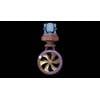

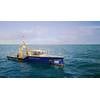
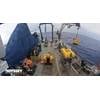








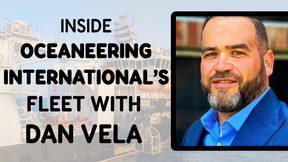
 August 2025
August 2025
